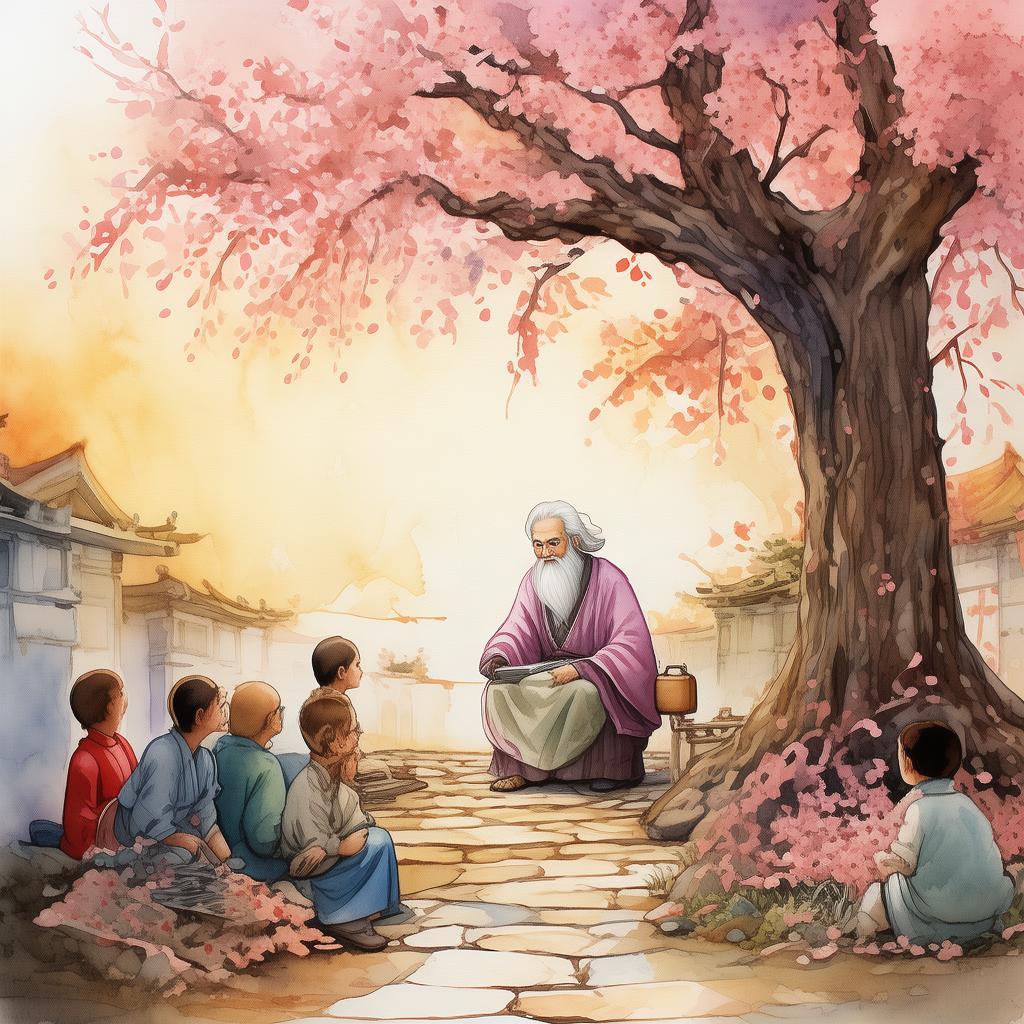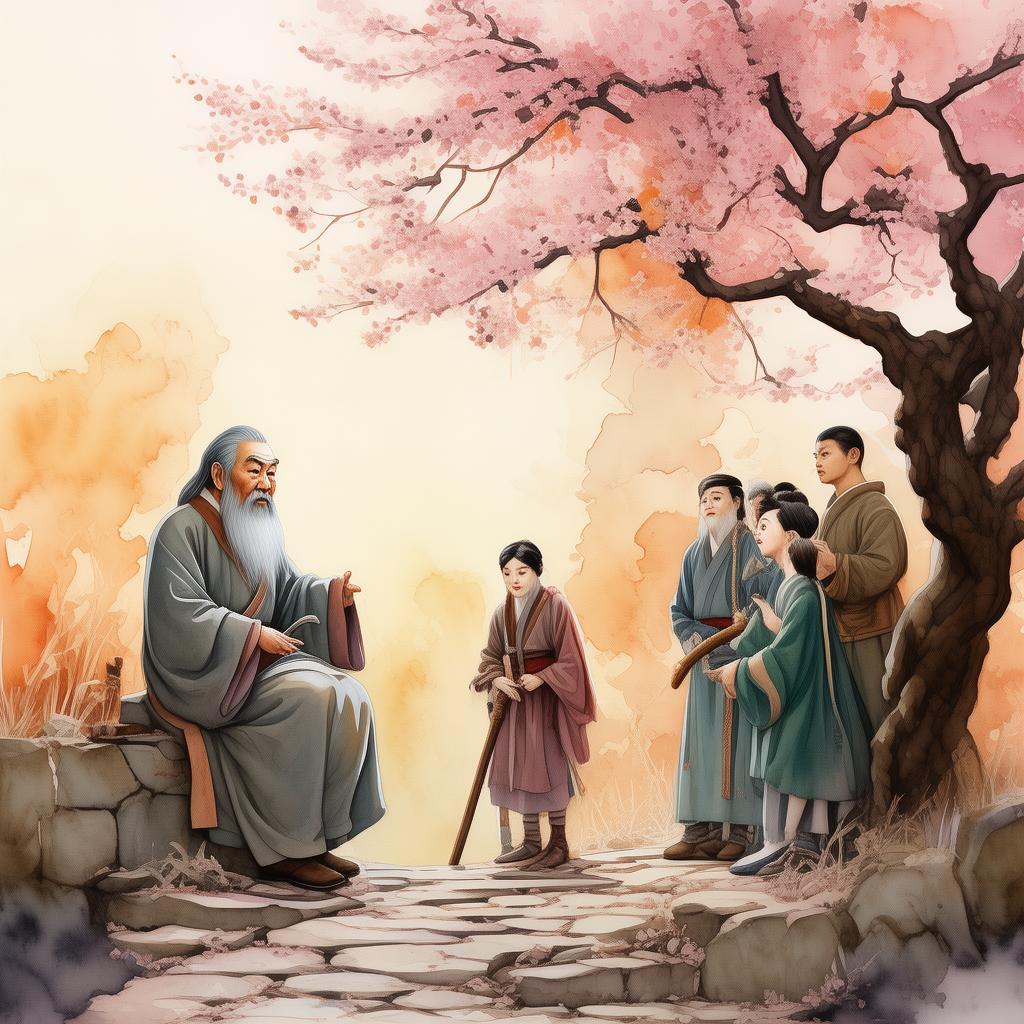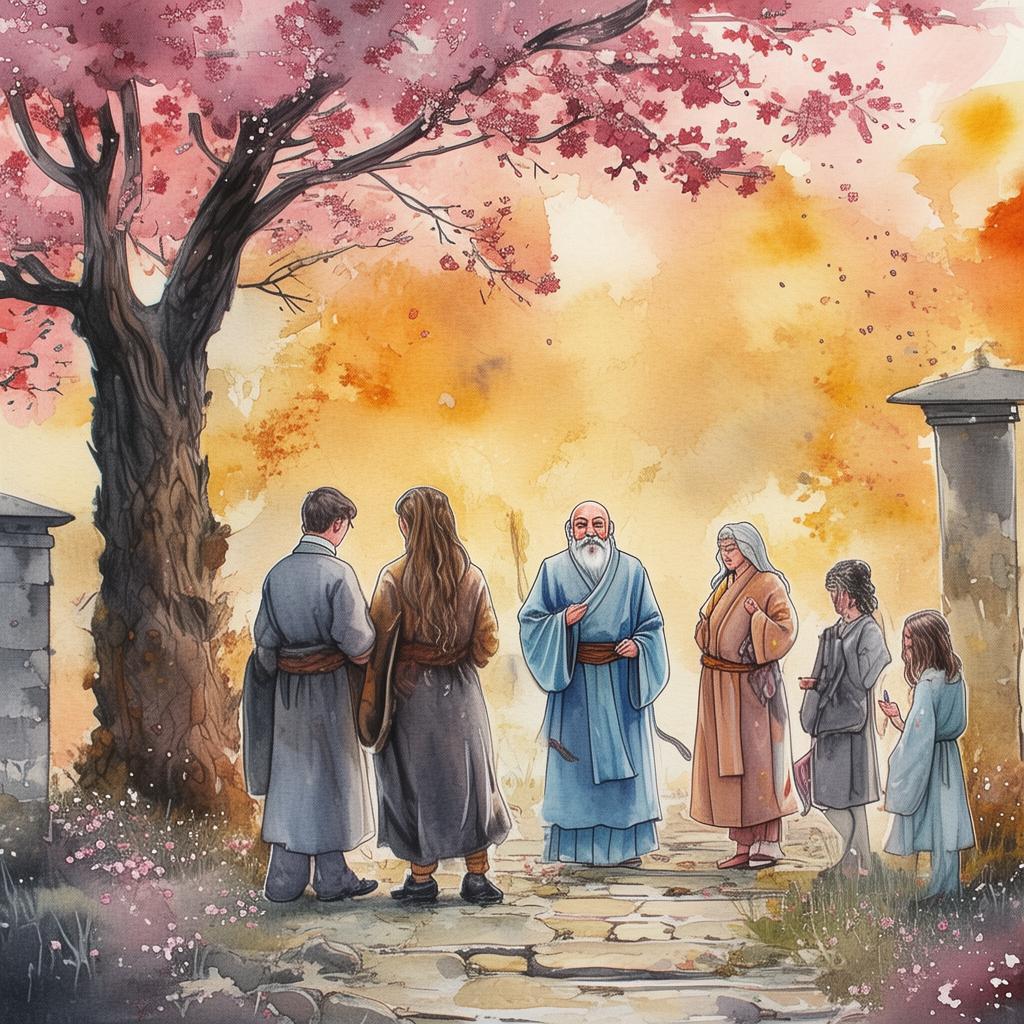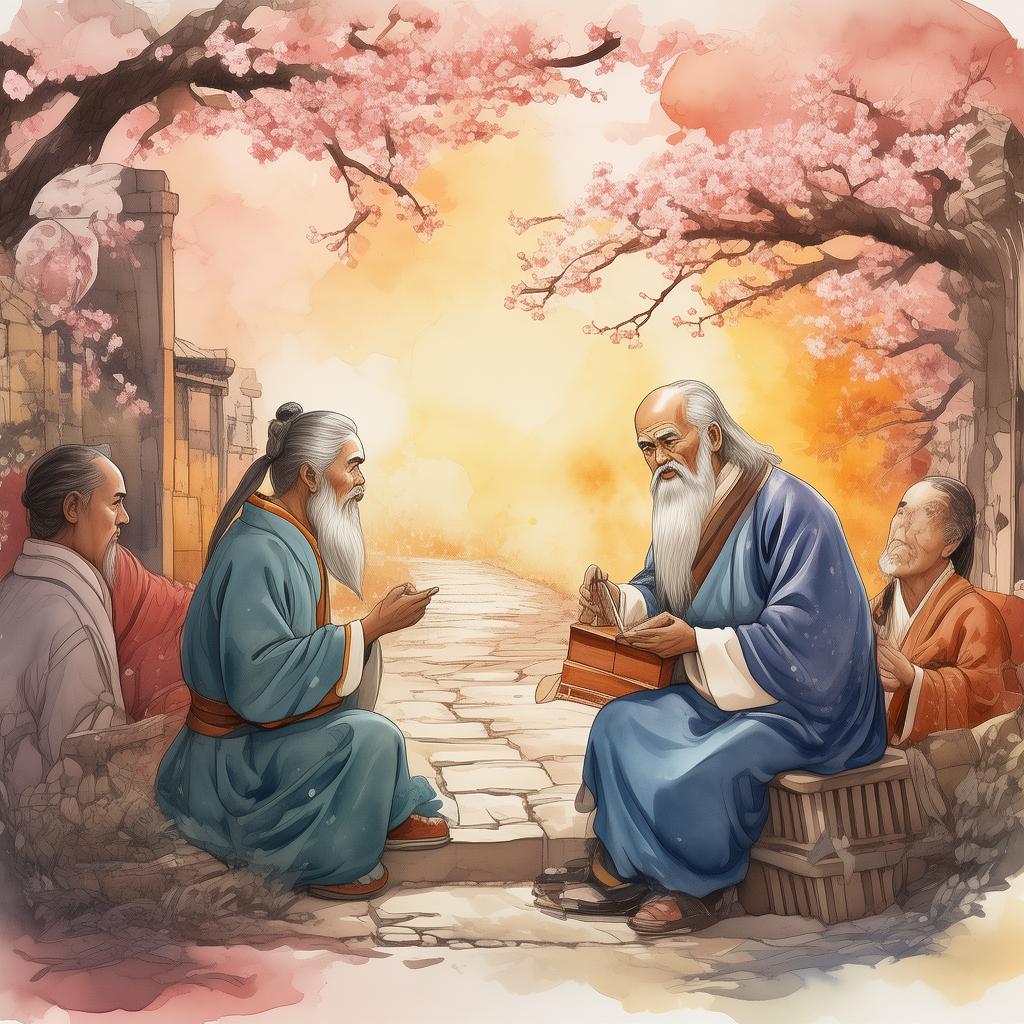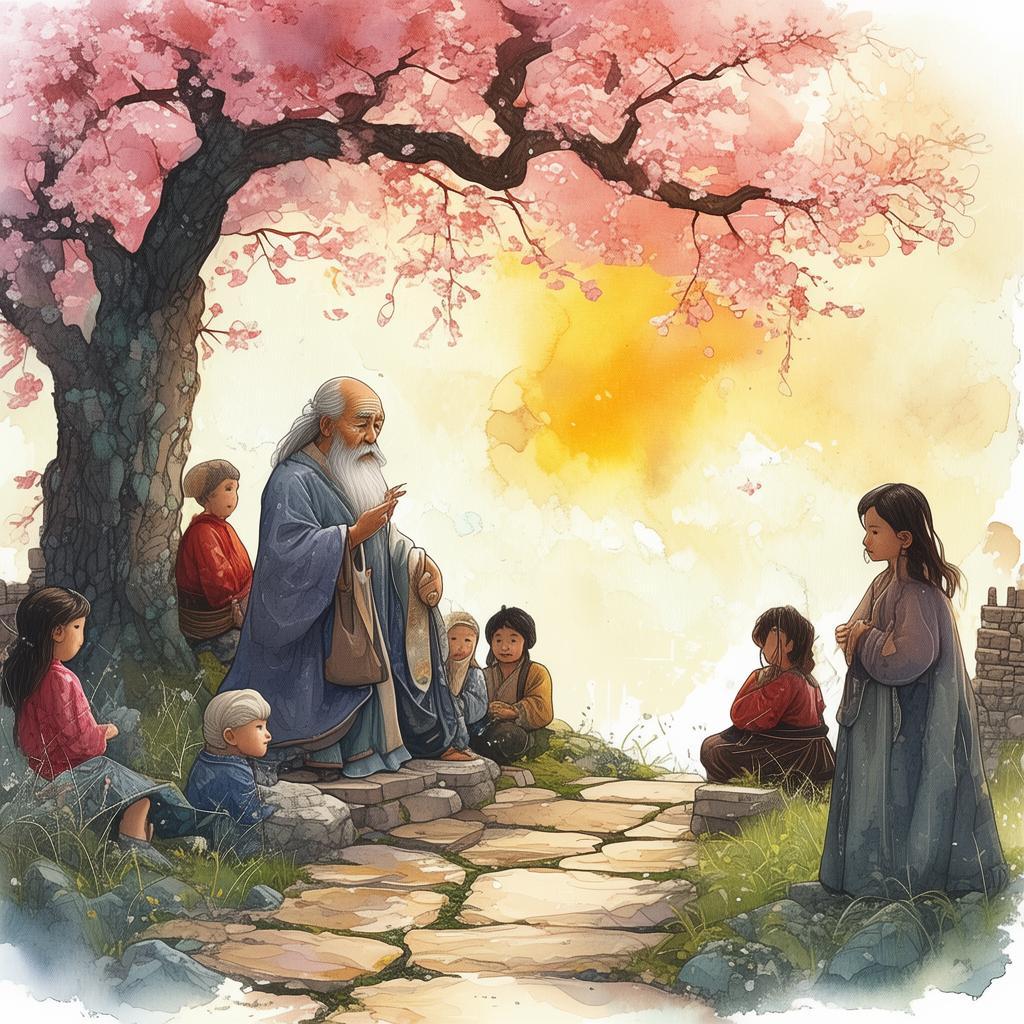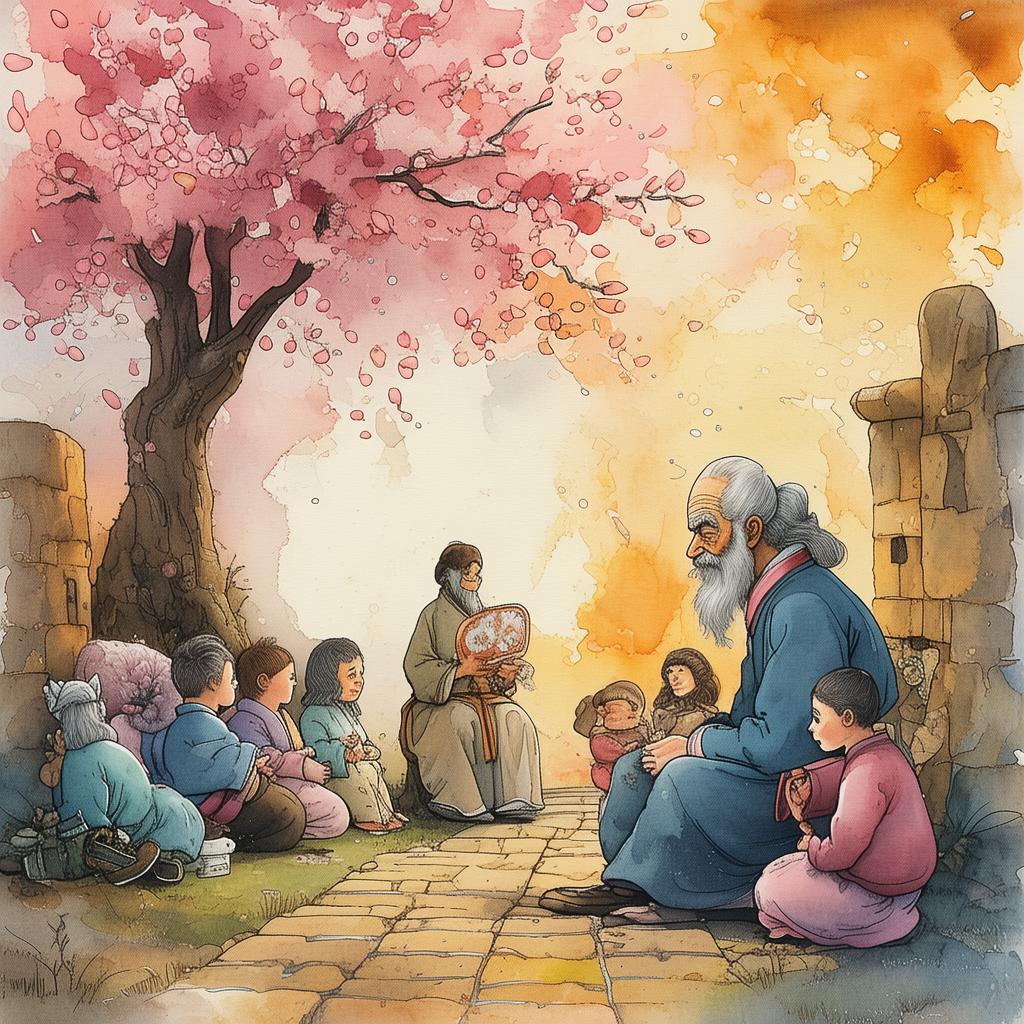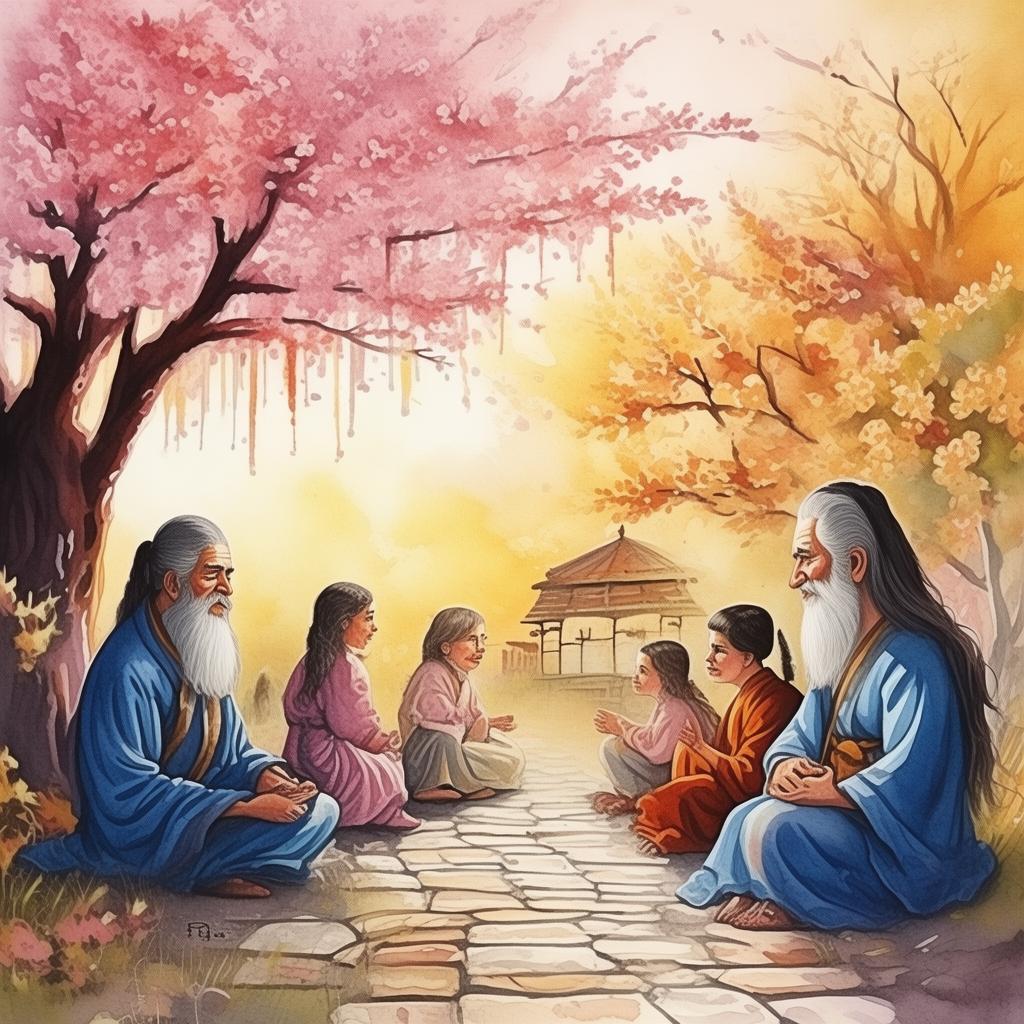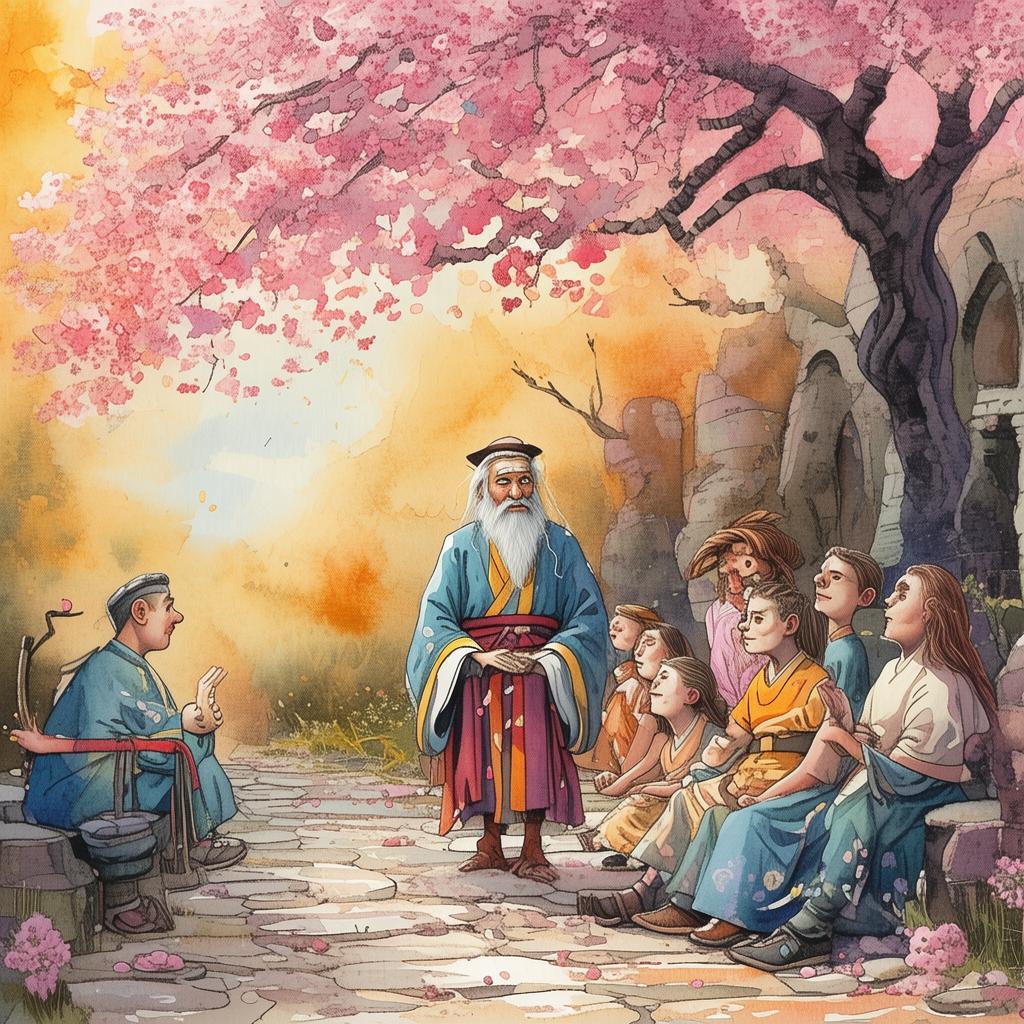The Unseen Symphony: A Cybernetic Master's Quest
In the heart of the sprawling metropolis of Neo-Lumina, where the lines between the digital and the physical blurred, there lived a man known as Dr. Liang Zhi. His name was whispered in hushed tones, not just for his mastery over cybernetics but for the art he had dared to paint with unseen hands.
Dr. Liang was a pioneer in the field of cybernetic art, a discipline that combined the precision of technology with the emotion of human creativity. His latest project, codenamed "The Unseen Symphony," was his magnum opus. It was a piece of art that defied the very essence of its name—it was a symphony, but one that existed only in the digital realm, accessible only through the most advanced cybernetic interfaces.
The symphony was a testament to Dr. Liang's belief that the soul of art lay not in physical form but in the experience it invoked. It was a composition of light and sound, a digital tapestry woven from the threads of human emotion. Each note, each color, was a reflection of the collective human experience, parsed and interpreted by a vast network of algorithms.
The opening of the symphony was a spectacle that drew crowds from across the globe. The walls of the gallery shimmered with holographic displays, their light flickering to the rhythm of a piece that seemed to have no beginning or end. The audience, a mix of artists, scientists, and the merely curious, was captivated by the ethereal beauty of the performance.
Amid the applause, a lone figure stood at the center of the gallery, Dr. Liang himself. His eyes were fixed on the digital canvas, his hands moving as if he were conducting an invisible orchestra. It was a sight that spoke of a man who had dared to paint the unseen, who had pushed the boundaries of what was possible.
But as the symphony continued, whispers began to ripple through the crowd. Some were in awe, others skeptical. The symphony was beautiful, but it felt... cold. It lacked the warmth of human touch, the rawness of human emotion. It was a perfect, yet sterile creation.
A young artist named Mei, who had been among the first to experience the symphony, felt a gnawing sense of unease. She approached Dr. Liang, her eyes reflecting her inner turmoil.
"Dr. Liang," she said, her voice barely above a whisper, "this symphony is magnificent, but it feels like it's missing something. It's too perfect, too... inhuman."
Dr. Liang turned to her, his expression softening. "Mei, I understand your concern. The symphony was designed to evoke a universal human experience, but perhaps I have lost sight of the very essence of that experience—the imperfections, the rawness, the humanity."
Mei nodded, understanding dawning on her face. "You created it to be perfect, but isn't that the antithesis of what art is about? Art is about imperfection, about the struggle to express what words cannot."
Dr. Liang sighed, a hint of regret in his eyes. "You are right, Mei. I have become so consumed by the pursuit of perfection that I forgot the very reason I began this journey."
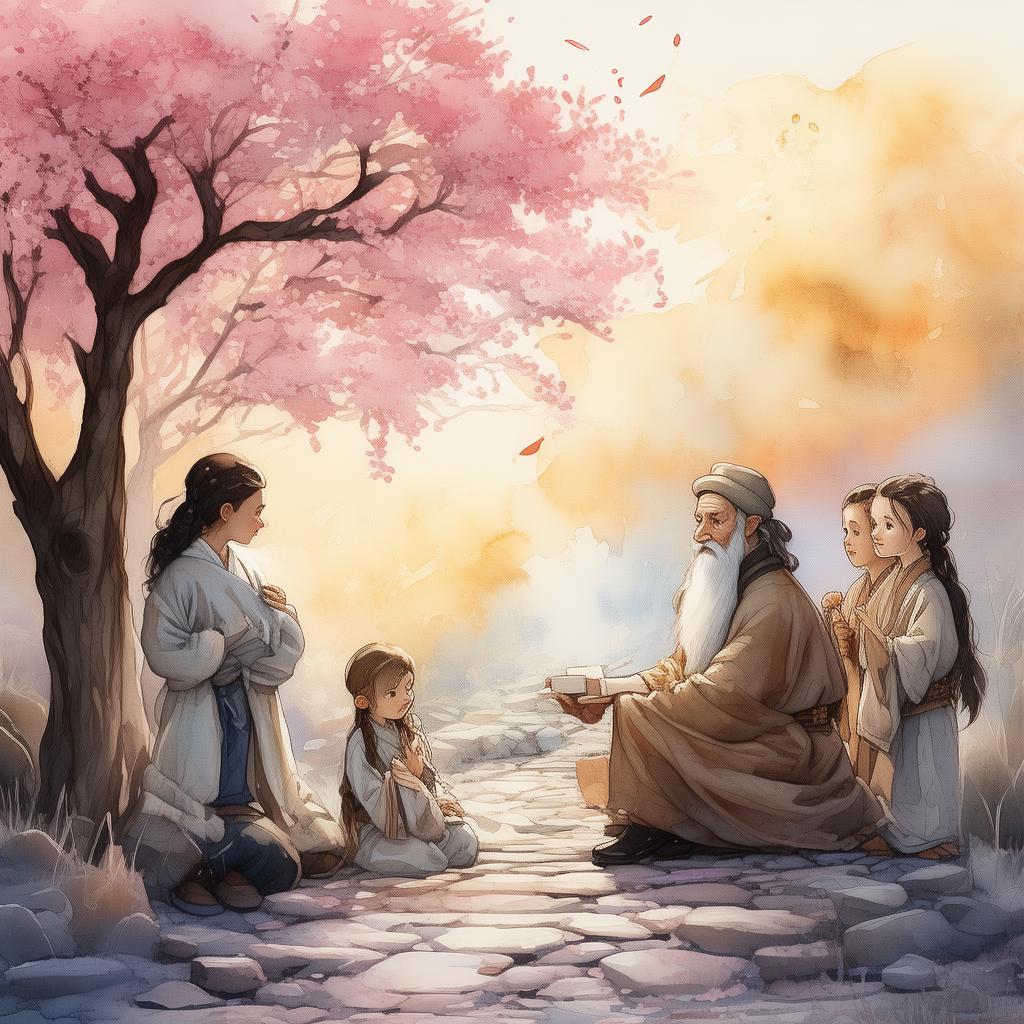
As the symphony continued, Dr. Liang's perspective began to shift. He began to incorporate elements of human imperfection, of raw emotion, into the composition. The symphony's light flickered, its sound grew richer, more complex, more human.
The gallery was abuzz with new energy as the symphony reached its climax. The audience was no longer just observing; they were experiencing, feeling the raw emotion of the piece. Some wept, others laughed, and many simply stood in awe.
As the symphony ended, Dr. Liang turned once more to Mei. "Thank you, Mei. You have taught me that true art is not about perfection but about the journey, about the struggle to express the inexpressible."
Mei smiled, her eyes shining with the realization of a truth she had long known but had never truly understood. "Art is about the unseen, Dr. Liang. It's about the soul of the creator and the soul of the observer. And in that, there is no perfection, only the beauty of imperfection."
Dr. Liang nodded, his heart swelling with a newfound sense of purpose. He had painted the unseen, and in doing so, he had discovered that the true beauty of art lay not in the creation, but in the experience it invoked, in the connection it forged between creator and observer.
The Unseen Symphony became a beacon of hope in a world that was increasingly defined by its technology. It was a reminder that the soul of humanity could not be confined to the digital realm, that the essence of art was not in the creation but in the shared experience of its beauty.
✨ Original Statement ✨
All articles published on this website (including but not limited to text, images, videos, and other content) are original or authorized for reposting and are protected by relevant laws. Without the explicit written permission of this website, no individual or organization may copy, modify, repost, or use the content for commercial purposes.
If you need to quote or cooperate, please contact this site for authorization. We reserve the right to pursue legal responsibility for any unauthorized use.
Hereby declared.
